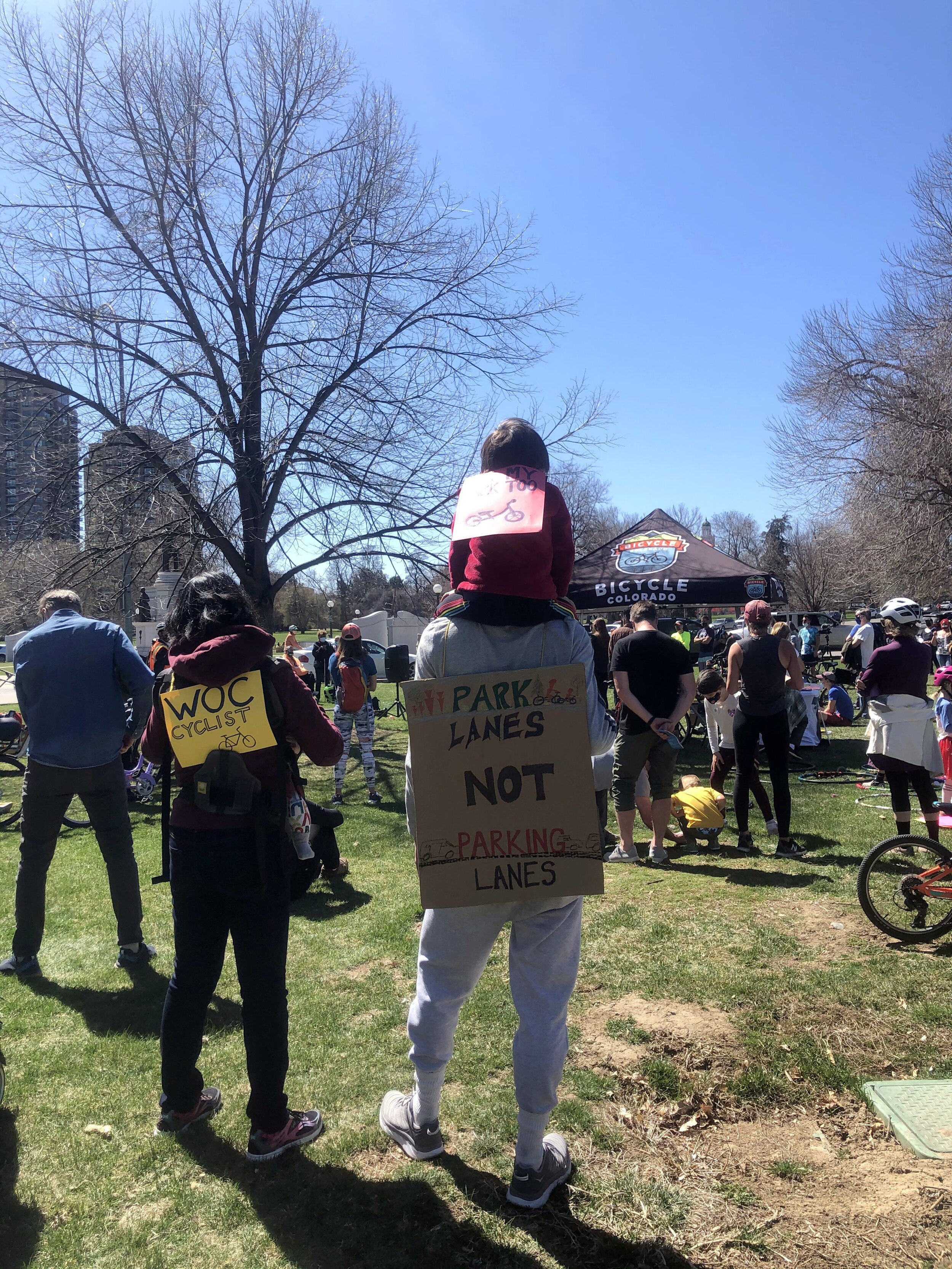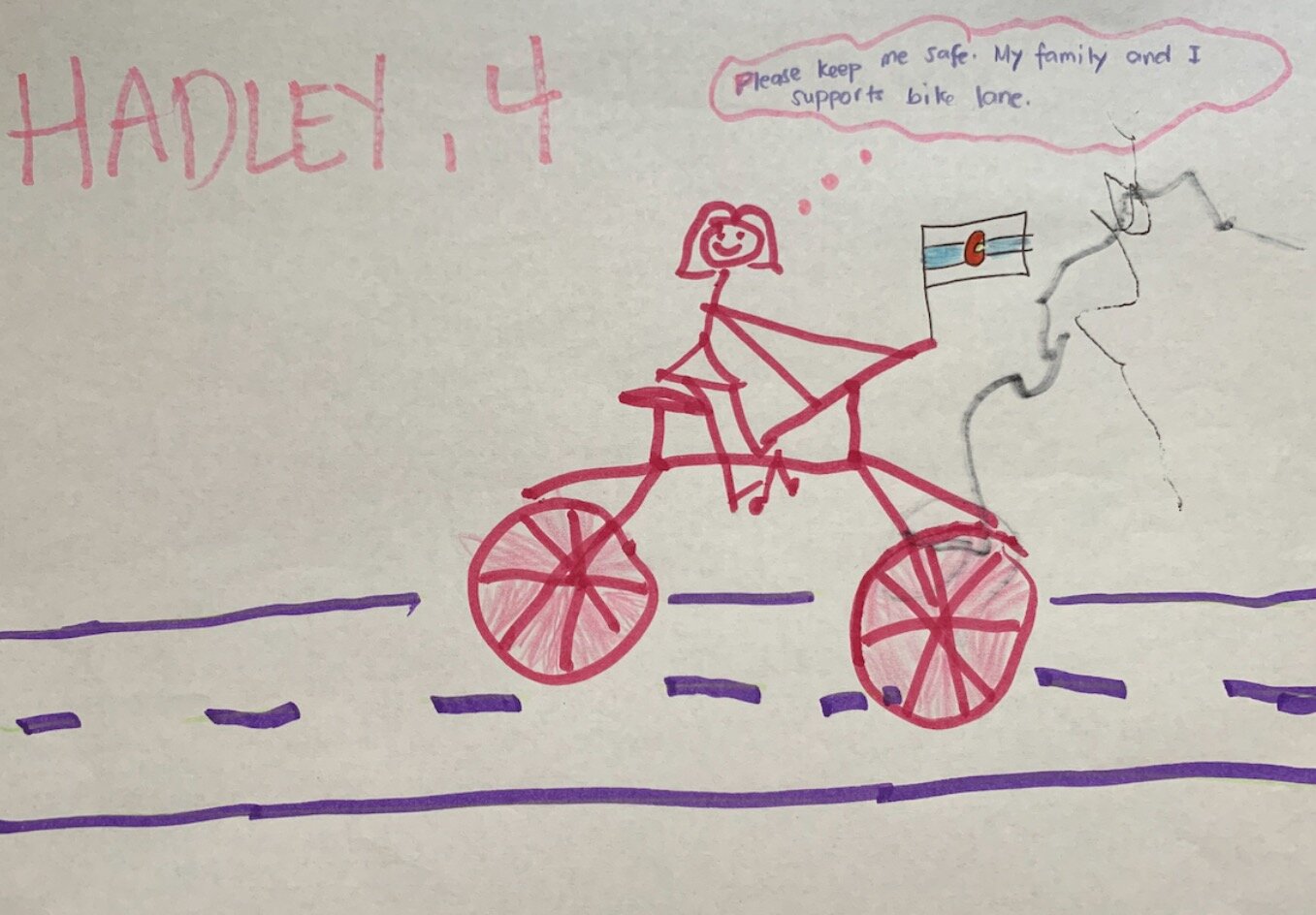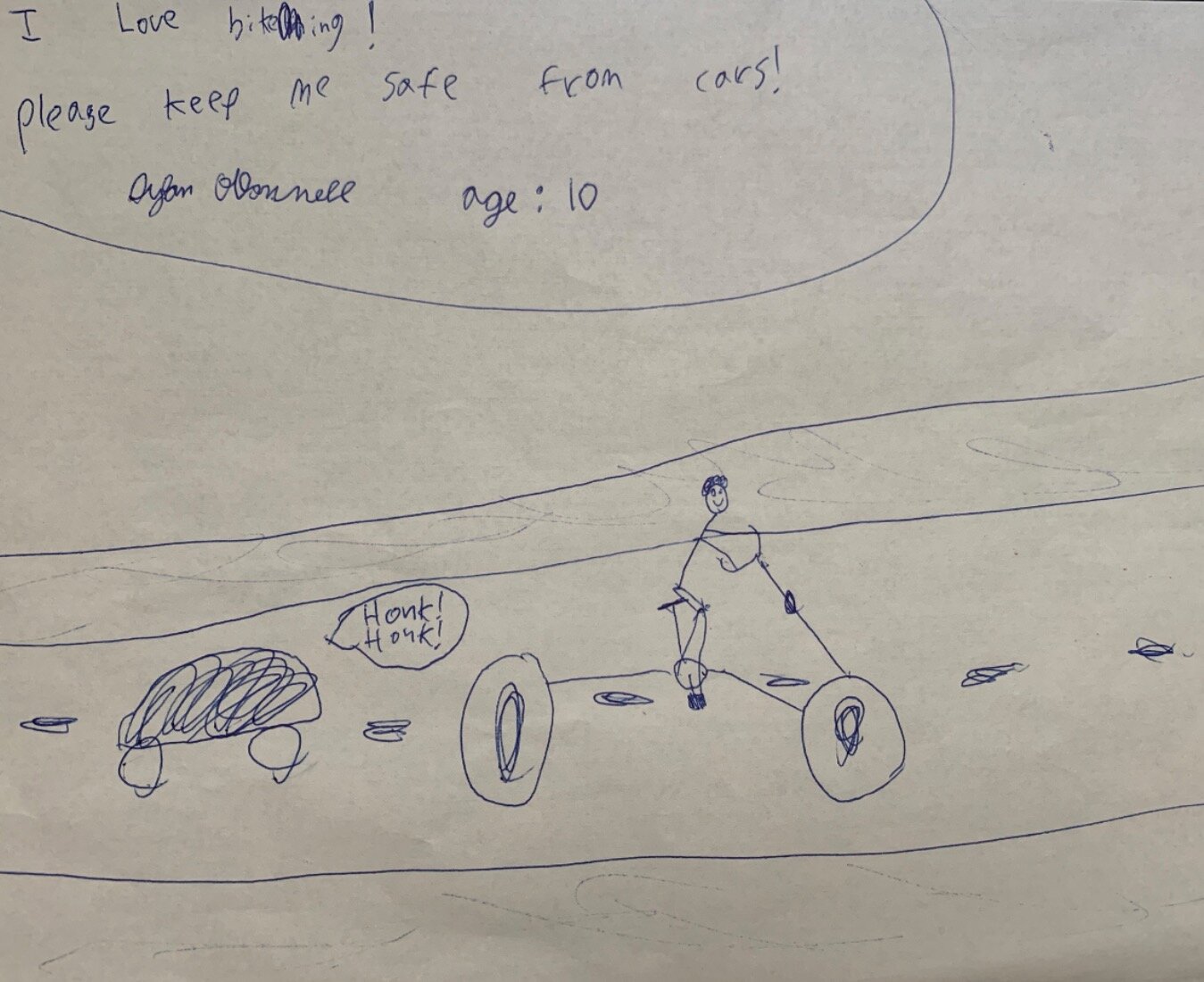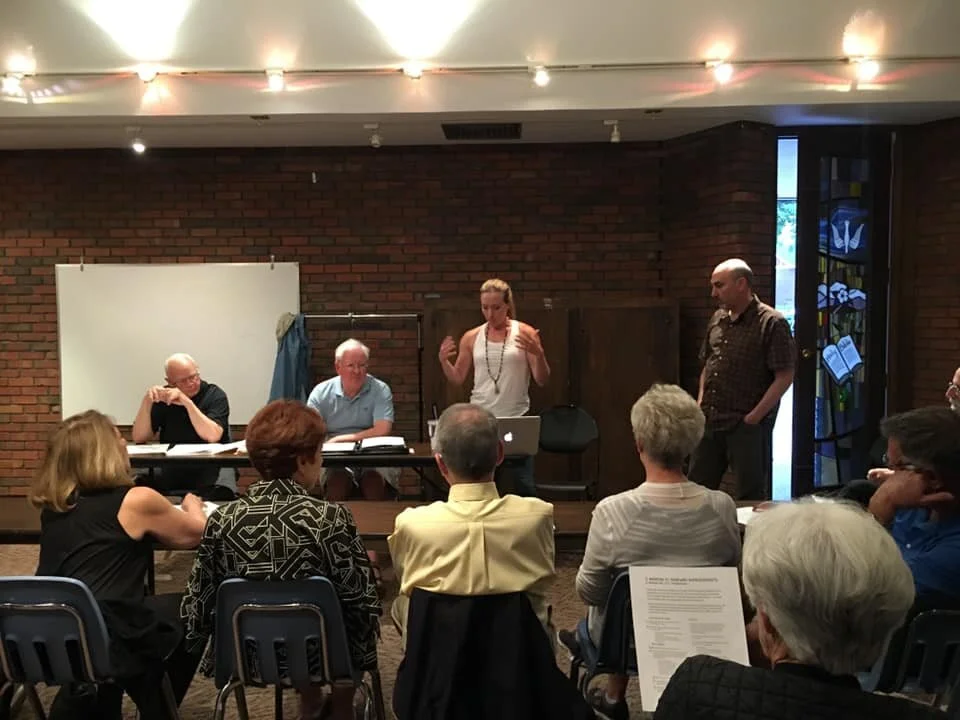Are you still of the mindset that bike events, races, and organized rides are just for “hard-core” weekend warriors or elite athletes? While there are plenty of events geared toward these types of cyclists, there are a ton of great events for the average biker - or total newbie - to participate in as well.
The biggest reason I’m an advocate of signing up for an event is that it creates a sense of urgency and purpose for your training. By registering for an event, you are essentially committing to weekly rides and workouts in order to prepare for the race. This can be particularly helpful if you are new to cycling or tend to get discouraged easily. Knowing you have an event or organized ride can help you stick to your training program despite bad weather, setbacks, busy schedules, or waning motivation.
I believe these types of events also help break down boundaries and build confidence. Most events are held to raise money for a charity or greater cause and this can help unite people of different backgrounds for a common cause. Charity events bring together riders of various abilities as well and you can always learn something from more experienced cyclists. Further, you will build confidence by setting a goal and achieving it.
There’s no better feeling than crossing the finish line of a century ride or multi-day event for the first time.
If you still aren’t convinced, consider that they are just plain fun! From bragging rights to cool swag bags to post-race celebrations, organized cycling events offer something for everyone. Grab a friend or two and find a local race in your area. And you’ll have a built-in training partner if you register for an event together. There are so many great ones in Colorado that you won’t have a hard time finding one that works for you.
I like to pick a couple of rides each season to make sure I’m putting in the training miles. This year, I’m doing the FoCo Fondo gravel ride in July, which will be a totally new experience for me since I am new to gravel riding. Several of my fellow Bike Ambassadors will be joining me on this one so it’s sure to be a blast! Two years ago, I did the Venus de Miles ride with a couple of friends and I’m planning to do it again this year at the end of August. Venus de Miles is Colorado’s original and largest all women’s bike ride and benefits Greenhouse Scholars, an education nonprofit that cultivates extraordinary leaders to change low-income families and communities. Great ride for a great cause! Who wants to join me?













